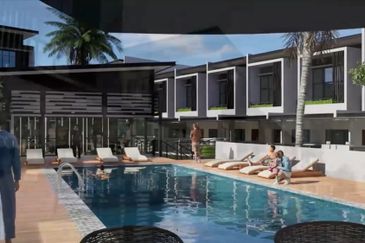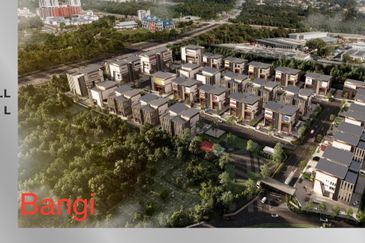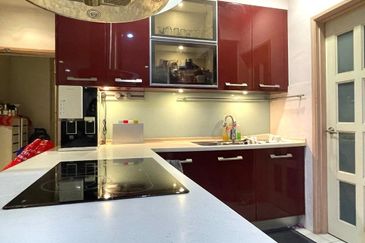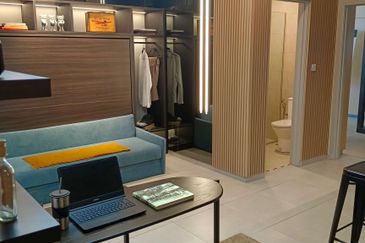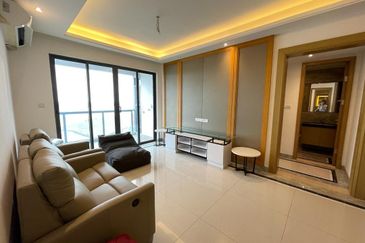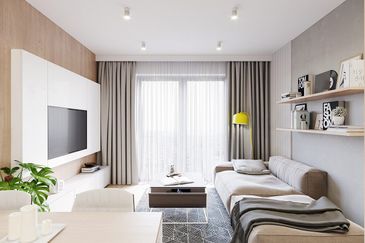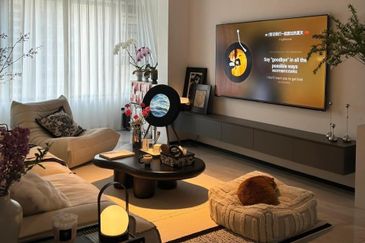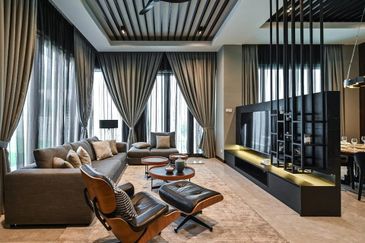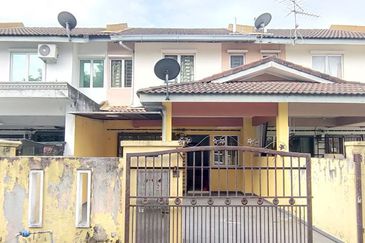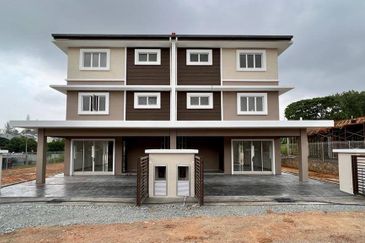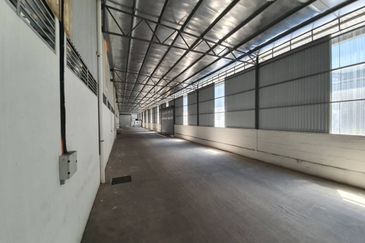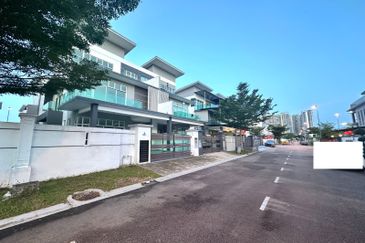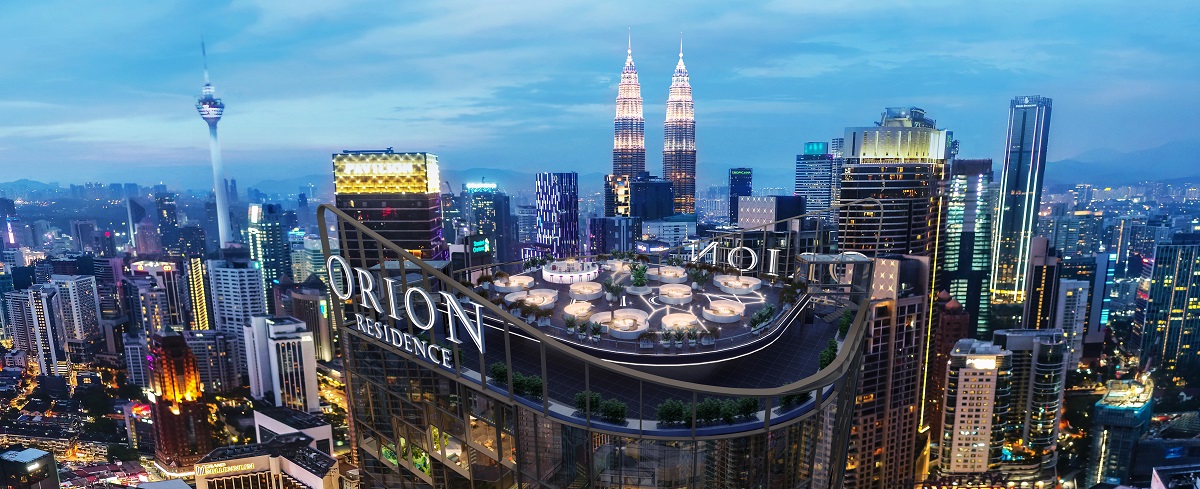
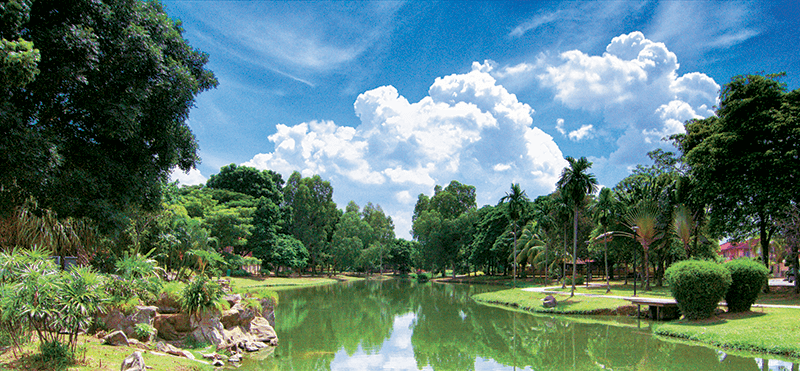
The township of Bandar Botanic in Klang, Selangor, has won numerous awards over the years. This year, Phase 15 of its Ambang Botanic residential development — by Harum Intisari Sdn Bhd, a subsidiary of Gamuda Land — bagged The Edge Malaysia-PEPS Value Creation Excellence Award 2015 in the residential segment. This makes it the third consecutive year that properties in Bandar Botanic have won the award.
The winning streak began with Botanic Business Gateway, which won in the non-residential segment in 2013, while Caspia & Nouvo homes won the award in the residential segment the following year. It is also worth noting that Bandar Botanic won the International Real Estate Federation’s FIABCI Malaysia Award for Best Master Plan in 2003.
Development of this 1,240-acre freehold township began in 2001. It offers residents a green and natural environment close to bustling Bandar Bukit Tinggi in Klang, but far enough to shield it from the busy city environment.
This self-sufficient township, with a parkland-waterfront design concept, comprises a mix of bungalow plots, bungalow homes, semi-detached houses, link homes, apartments and shopoffices.
The Edge Malaysia-PEPS Value Creation Excellence Award 2015 (residential segment) winner, Phase 15, is the final residential development of Ambang Botanic 1 in Bandar Botanic. It comprises 128 units of 2-storey semi-detached houses and bungalows with a total gross development value of RM122 million.
The evaluation for the award is based on its Phase 15B development, comprising 56 units of 2-storey semi-detached houses measuring 40’ X 113’ with built-ups of 3,179 sq ft.
Gamuda Land managing director Chow Chee Wah tells The Edge, all 56 units were sold within one week of the launch in July 2010 and the current occupancy rate is 85%.
“Most buyers are from Klang and Shah Alam. Most bought for their own stay, but there are also some parents buying houses for their children. Interestingly, we also noticed that a few big families bought different units in the same row as they wanted to live near to each other,” he says.
Capital appreciation and rental yield
According to the developer, the semi-detached houses in Phase 15 B have seen an average capital appreciation of 74% per unit since July 2010, equivalent to about 25% per year.
For instance, a unit purchased in July 2010 at RM941,800 was sold four years later for RM1.65 million. The owner enjoyed a capital appreciation of 75%, or an annual average of 18%.
Chow says buyers who bought before everything was in place enjoyed the highest capital appreciation. The appreciation also reflects Bandar Botanic’s investment value as buyers are willing to pay a higher price for a unit in the sub-sale market.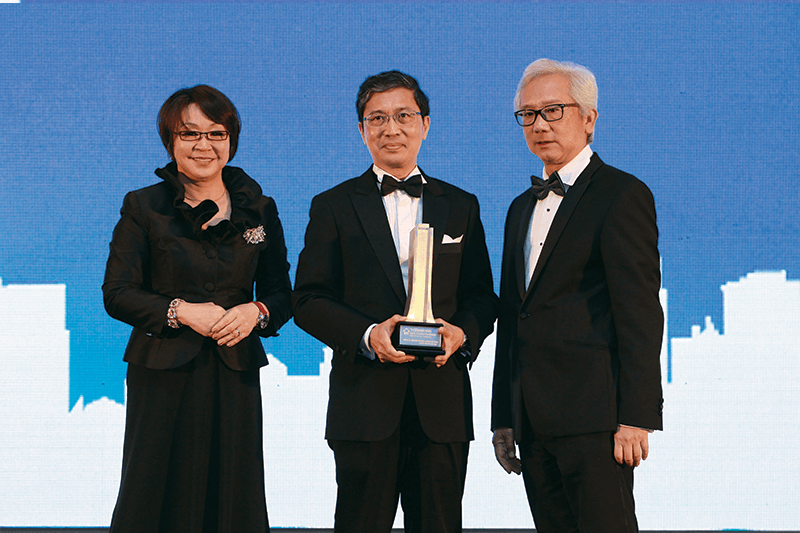
On future capital appreciation, he notes that the quality of the township management will be the key to sustainable price growth. “We would not say that [sub-sale] buyers will continue to enjoy 50% or 70% growth in the medium term, but as long as the maintenance and the environment quality remain intact, the upward price trend will continue at a sustainable pace.”
According to data from the Department of Statistics Malaysia, Klang’s population reached 823,200 in 2010, and Shah Alam had a population of 650,000.
Chow says Bandar Botanic has become a popular choice for residents in Klang and Shah Alam who are looking for new properties, especially upgraders from Klang. “Upgraders who are looking for lifestyle products and new potential buyers will support demand and price growth.”
Notably, Bandar Botanic offers exclusive membership to the Botanic resort club for residents to enjoy facilities such as indoor badminton courts, squash courts, table tennis, tennis court, 50-metre Olympic-sized swimming pool, gymnasium, reading room, sauna and steam bath.
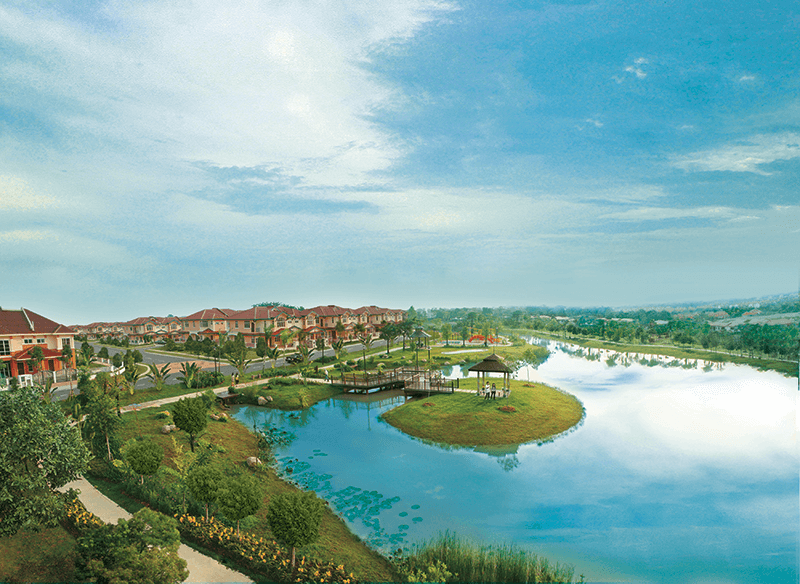
Three main priorities
There is one thing in common among successful property developments — the developer first builds a solid foundation before putting everything else in place. Chow says holistic master planning is the key to sustainable value creation for a development. Every detail in the planning process counts as it distinguishes the development from others.
“For instance, there are many township developments that promote green living and offer recreational parks, but it does not matter how many green areas you have — what’s important is putting them in the right place. If you place the green in the wrong place it may not promote holistic development,” he says.
There are three main elements in holistic township planning, he says — master plan, engineering innovativeness and connectivity.
“The master plan of a township should be forward-thinking and creative, as well as being a model for other developers. Take Kota Kemuning, for example — it is a 20-year-old township but it is still not outdated. Bandar Botanic will move in a similar direction,” says Chow. Gamuda Land is also the developer of the Kota Kemuning township in Shah Alam.
He explains that engineering innovativeness adds new functions to a township’s facilities while fulfilling their technical requirements. Retention ponds and reservoirs, for example, can be turned into recreational ponds with jogging tracks, thus creating more value for residents while serving their original purpose.
As for connectivity, Chow says it is not only the connectivity between the township and the outside, but also within the township in the form of cycle paths, jogging tracks and walkways seamlessly linking community facilities.
He notes that in Bandar Botanic, recreational facilities are within walking distance through walkways or via cycle paths. In addition, the design of every precinct emphasises security and safety, giving children a safe space without motor vehicles.
Product quality is also an important factor in value creation, adds Chow. As such, Bandar Botanic’s construction adheres to the Building and Construction Authority of Singapore’s Construction Quality Assessment System Standards (CONQUAS). It is a stringent quality assessment system that evaluates the quality of workmanship from foundation to roof, based on three main components — structural works, architectural and mechanical and electrical works. Bandar Botanic has achieved an impressive average CONQUAS score of 80.7%.
During the site visit to Phase 15 Ambang Botanic, the judges were impressed by the road design, which offers residents a wide space for parking cars, as well as the landscaping and water features that create a resort-style environment.
However, does this mean maintenance involves substantial costs and expertise?
Chow says the company has been working closely with the Klang Municipal Council on maintenance. The council takes charge of the basic upkeep while maintenance service charges paid by the residents contribute to upgrading maintenance standards. With both parties contributing, the current environment can be sustained.
According to Chow, residents are aware that they have to pay for better quality nowadays and maintenance fee collection has reached a high level of 95%. The monthly maintenance charges are around RM330, including the sinking fund.
Great emphasis is placed on security as well. The developer worked hand-in-hand with the Bandar Botanic residents association to create a safe environment. Phase 15 itself is a gated and guarded community with three-tier security features, including guards on patrol, fencing and CCTV surveillance.
In the planning the road system, security was one of the main considerations. There is only one main road entry and exit to each precinct. Chow notes that as more people began to realise the importance of maintenance and security, residents in the older precincts took the initiative and paid to set up their own guarded communities.
Future catalyst
Commercial development will be a key to future growth in the township. Although the sales of the shopoffices in Bandar Botanic have seen an overwhelming response, there is still a high vacancy rate in the 893 units.
However, Chow is not worried. He believes the commercial development of Bandar Botanic will be like its elder sister, Kota Kemuning, located about 15km away, which started at a slow pace and picked up gradually.
“Kota Kemuning’s 400 shoplots saw very low occupancy in the early years, but with business activities gaining momentum, the current take-up rate is about 90%. Now, Kota Kemuning has become one of the popular places to chill out, not only for local residents but for people from other places,” he says.
In Bandar Botanic, Gamuda Land has full control over GM Klang Wholesale City, a wholesale and retail mall within walking distance of the residential areas of the township.
“Our next focus will be to spur more activity in this area through GM Klang. We believe the occupancy rate of the commercial area in Bandar Botanic will gradually increase in the next five years,” Chow adds.
The recently approved Light Rail Transit (LRT) Line 3 will also have a station in Bandar Botanic. This is expected to further draw home buyers to the township. The LRT Line 3, which is scheduled to begin operation by August 2020, will have 25 stations starting from Bandar Utama to Johan Setia, Klang. TEPEA 2015
This article first appeared in City & Country, a pullout of The Edge Malaysia Weekly, on Dec 7, 2015. Subscribe here for your personal copy.
TOP PICKS BY EDGEPROP

Desa ParkCity (Nadia Parkhomes)
Desa ParkCity, Kuala Lumpur
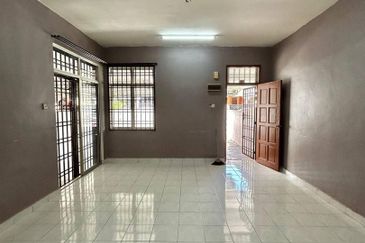
Taman Bukit Indah @ Iskandar Puteri
Johor Bahru, Johor


